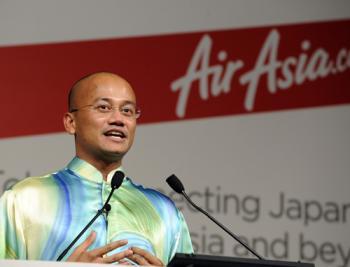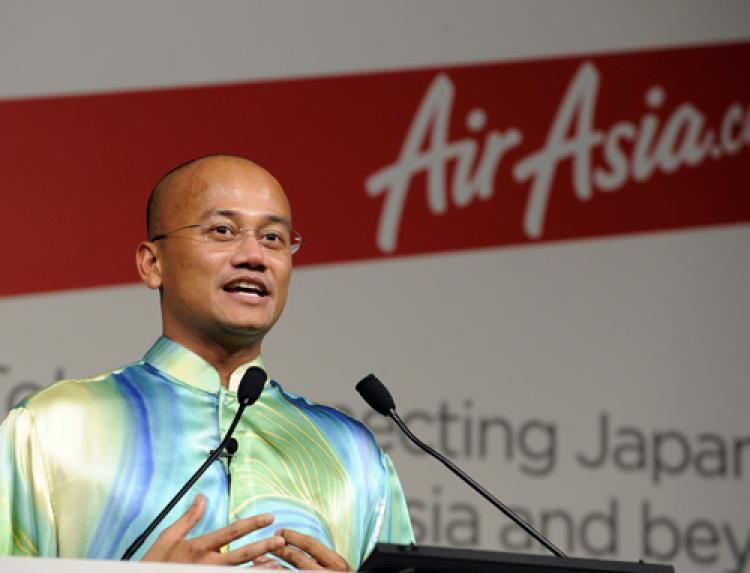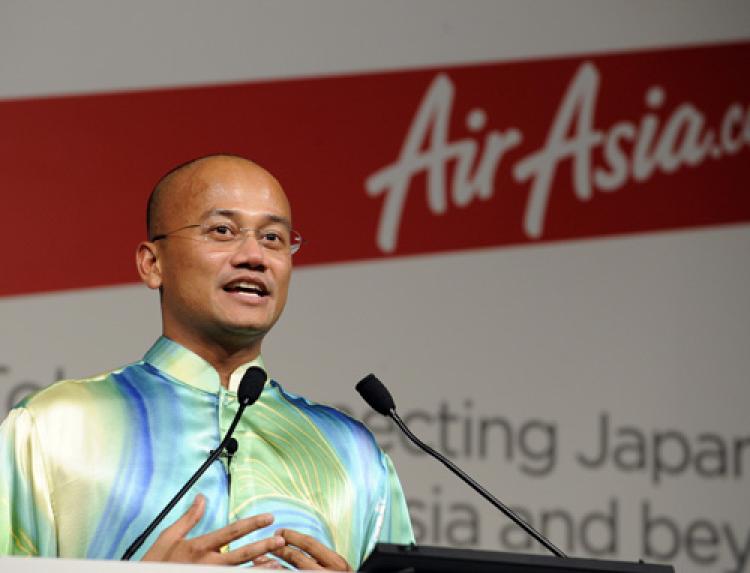As the global economy rebounds and competitive pressures increase, low-cost airlines are rethinking their role in the market place.
In the spectrum that runs between supplying ultra low cost fares and providing superb premium service, demand is likely to dictate how airlines respond. Leaders from the low-cost carrier (LCC) industry shared their beliefs and perspectives that shaped their companies’ decisions, positioning in the industry, and financial results.
David Baxby, CEO of Virgin, Asia Pacific & Head of Aviation, urged LCCs not to remain complacent in focusing on their single markets.
At the Low Cost Airlines World conference in Singapore last week, he briefed on the transformation of Virgin Blue in Australia from an LCC to a full-service airline. He also tried to convince the audience with the story of Virgin America being able to offer first-class services for roughly half the cost of legacy airlines.
“We believe you[’ve] got to challenge, in particular, the conventional LCC model.” said David Baxby as he explained the principles of the LCC model as high seat density, high utilization, direct distribution, unbundled revenue, and so on.
Azran Osman Rani, CEO of AirAsia X, also has faith in breaking the LCC rules. “Yet we are breaking rules in a different way,” He said, though.
“Virgin Blue in Australia is becoming more premium and this adds the cost up.”
After announcing partnership with Optiontown that brings customers the option to upgrade to premium class at affordable prices, Azran explained, “Although we are doing a lot of creative things, we still offer very low fare at the lowest cost.”
He explained the importance of an LCC to clearly stand for a positioning amidst the polarizing industry in order to withstand today’s competitive environment.
Tony Davis, CEO of Tiger Airways, advocates sticking to a pure version of the LCC model.
“I think the purity of the low-cost carrier model is that you can maintain a sustainable profitability strength. If you take out the complexity, and make sure that you can always offer very low fares to consumers, you’re always be able to stimulate demand because people will always [be] looking for a bargain irrespective of what’s going on in the world,” said Davis in an interview.
Davis urged the local authorities to provide LCCs with more basic infrastructure, as most budget terminals across Asia and Australia were usually full.
Most LCC managers expressed the will to increase ancillary revenue as they announced its significant share of their overall revenue. On average, Tiger Airways earns US$15 through ancillary means for every ticket sold, while AirAsia gains approximately 130 yuan in ancillaries for every guest flown.
In the spectrum that runs between supplying ultra low cost fares and providing superb premium service, demand is likely to dictate how airlines respond. Leaders from the low-cost carrier (LCC) industry shared their beliefs and perspectives that shaped their companies’ decisions, positioning in the industry, and financial results.
David Baxby, CEO of Virgin, Asia Pacific & Head of Aviation, urged LCCs not to remain complacent in focusing on their single markets.
At the Low Cost Airlines World conference in Singapore last week, he briefed on the transformation of Virgin Blue in Australia from an LCC to a full-service airline. He also tried to convince the audience with the story of Virgin America being able to offer first-class services for roughly half the cost of legacy airlines.
“We believe you[’ve] got to challenge, in particular, the conventional LCC model.” said David Baxby as he explained the principles of the LCC model as high seat density, high utilization, direct distribution, unbundled revenue, and so on.
Azran Osman Rani, CEO of AirAsia X, also has faith in breaking the LCC rules. “Yet we are breaking rules in a different way,” He said, though.
“Virgin Blue in Australia is becoming more premium and this adds the cost up.”
After announcing partnership with Optiontown that brings customers the option to upgrade to premium class at affordable prices, Azran explained, “Although we are doing a lot of creative things, we still offer very low fare at the lowest cost.”
He explained the importance of an LCC to clearly stand for a positioning amidst the polarizing industry in order to withstand today’s competitive environment.
Tony Davis, CEO of Tiger Airways, advocates sticking to a pure version of the LCC model.
“I think the purity of the low-cost carrier model is that you can maintain a sustainable profitability strength. If you take out the complexity, and make sure that you can always offer very low fares to consumers, you’re always be able to stimulate demand because people will always [be] looking for a bargain irrespective of what’s going on in the world,” said Davis in an interview.
Davis urged the local authorities to provide LCCs with more basic infrastructure, as most budget terminals across Asia and Australia were usually full.
Most LCC managers expressed the will to increase ancillary revenue as they announced its significant share of their overall revenue. On average, Tiger Airways earns US$15 through ancillary means for every ticket sold, while AirAsia gains approximately 130 yuan in ancillaries for every guest flown.





